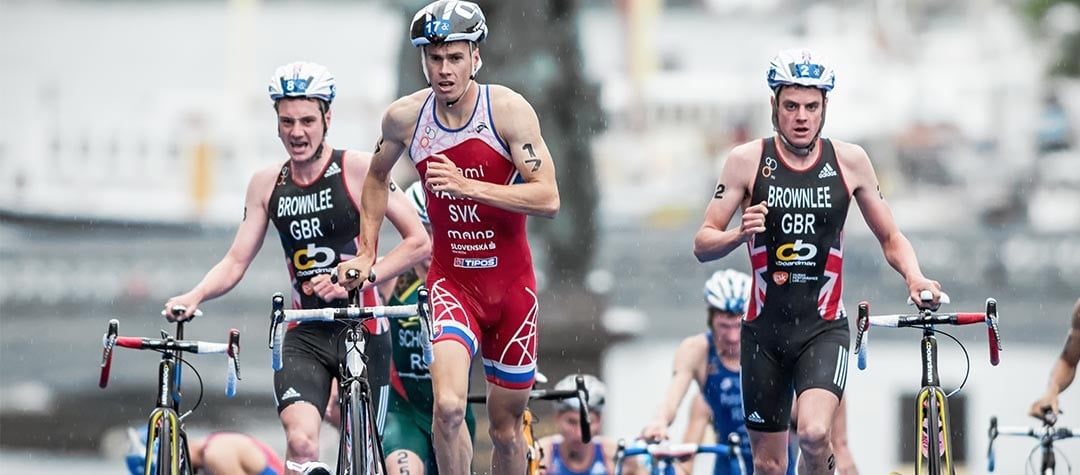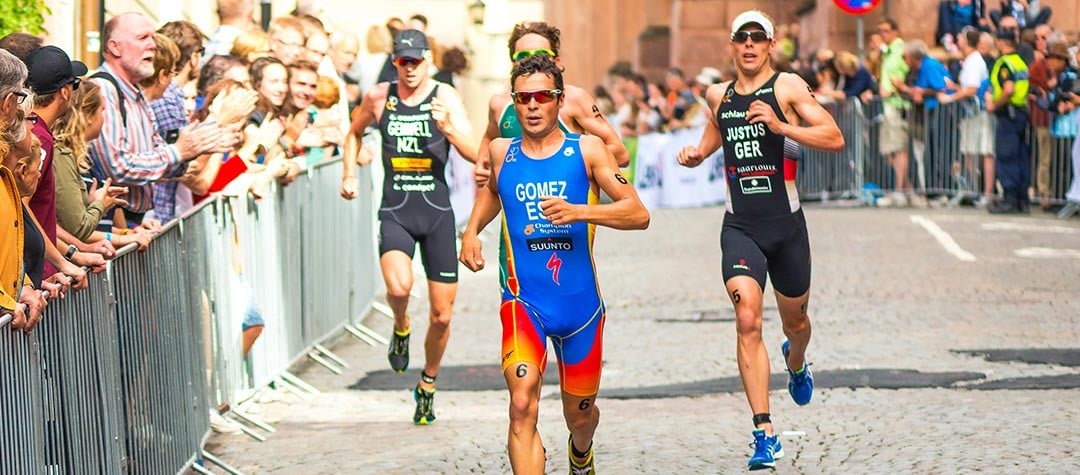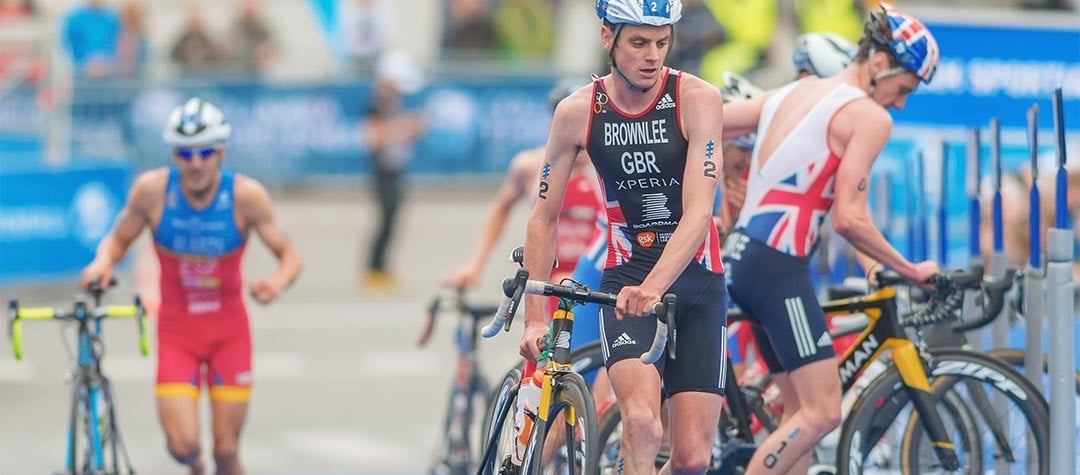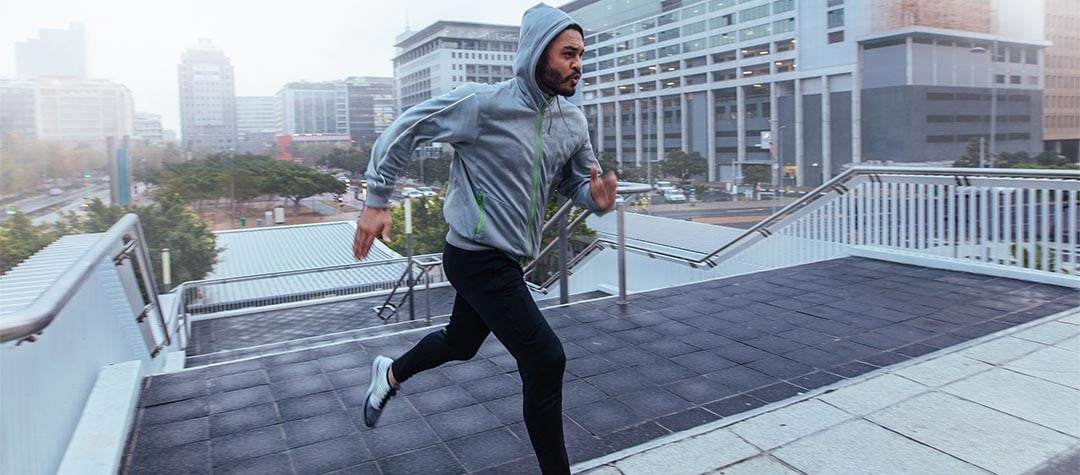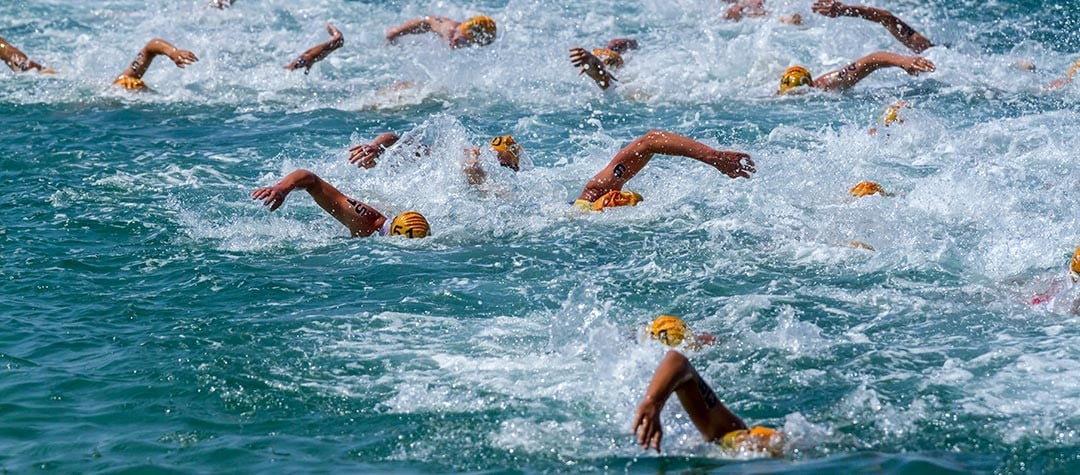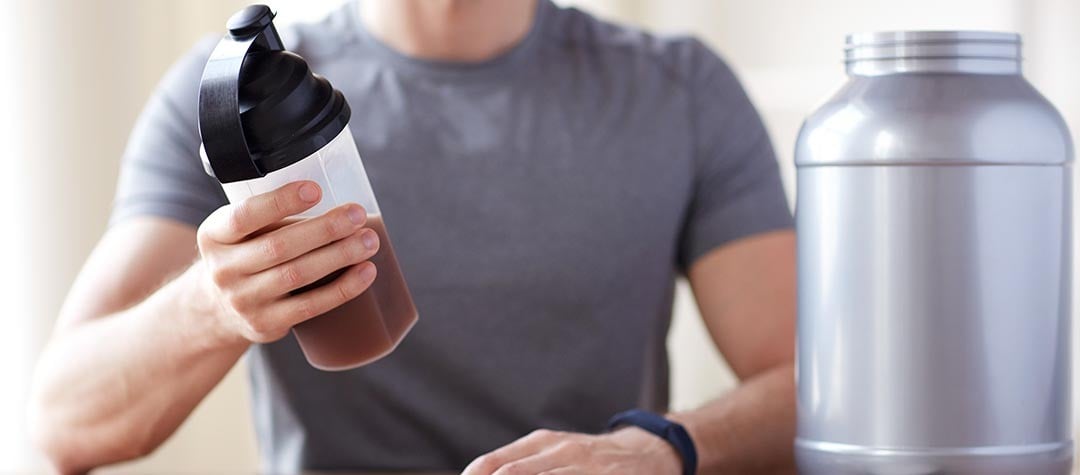Tips to help the beginner athlete survive their Olympic triathlon event debut.
Olympic distance triathlons, also known as ‘standard distance’, begin with a 1500m swim, followed by a 40km bike and 10km run. It's the distance that you race over in the Olympic Games and ITU World Championships, and the best in the world would usually manage to complete it in around 1 hour 50 minutes. It's a good, achievable distance to race if you're an amateur just starting out. Likewise, if you're an experienced athlete, it's also a good distance over which to really test yourself.
Pacing and transition
Pacing in an Olympic triathlon is crucial. The fastest way to get round any race is by holding an even pace throughout that you know you can maintain, only raising your level towards the back end of the race. To be competitive though it's important to have moments where you go out of your comfort zone.
Swim
"The faster you are off the start the better positioned you'll be in the race."
One of those moments is the swim start. Normally the swim will take place in the lake or the sea. Pacing should become a complete afterthought in these first few moments as you battle for position. The faster you are off the start the better positioned you'll be in the race and if you're a weaker swimmer, it's good to look for athletes who are a bit faster than you to swim with. Try to take their draft and hang just off the back of their feet. Remember to look where you're going by sighting the buoys as it makes no sense to swim further then you have to!
Transition 1 (T1), swim to bike and transition 2 (T2), bike to run, is a big opportunity to save yourself some time. If you worked hard for those extra seconds of improvement on the different sports, then you really shouldn't waste that advantage by strolling through transition. The golden rule is to do your transition at 8/10 speed which allows time to think. Putting on a helmet when you’re not in a rush is a very simple 2 second job. However, trying to do it in a rush can be much slower, so have all your equipment organised and laid out nicely just as you practiced so you can find what you need. And don’t forget to make sure you know exactly where your transition spot is because these triathlons can have anywhere from 500 - 5000 bikes!
Cycle
The cycle is the longest part of the race, usually taking around twice as long as the other disciplines and because of this, it should probably require the most attention if you want to finish towards the front in the race. However don't get me wrong, if you can't run well then your bike advantage will disappear very quickly which is why it's so important to be as equal an athlete as possible.
"Focus hard on your aerodynamics by trying to reduce as much of your drag as you can."
Try to keep an even pace throughout the ride and stay right on the edge of what's allowed in the drafting rules. If you're allowed to ride at 10 metre distance then hold that gap perfectly but try to find someone slightly stronger than you to ride with as 10 metres is quite a healthy drafting advantage. There is no use following a train of riders when you're better off riding off on your own. Focus hard on your aerodynamics by trying to reduce as much of your drag as you can. Stay on your aero bars as much as you possibly can, as each second you ride on your tops is time and energy wasted. The bike is also the best opportunity you'll have to eat because you can store your nutrition on your bike and you'll have opportunities where you have a minute to get an energy gel down.
Run
The run is often the time to shine and hopefully you’ll have saved yourself some energy after a hard bike leg. If you can set yourself up with a solid swim leg and keep yourself in the game on the bike then the run is where you can really do some damage. The big bikers who rode their hearts out and now have dead legs for the run may be completely out of sight but if you feel good there is no reason why you won't see them again very soon and pass them like they're standing still!
"If you can be the person passing people in the last few kilometres rather than being dead on your feet and exhausted it's perfect for your motivation!"
My advice is to run out of T2 with ambition, again, looking for athletes your level to pace off but not so hard that you completely fatigue yourself. Try to even pace the run after this initial surge to get your legs moving before pushing on in the last kilometre if you have the legs. If you can be the person passing people in the last few kilometres rather than being dead on your feet and exhausted it's perfect for your motivation! I'd advise taking an energy gel with you to have at the start of the run to give you a quick pick me up but not drinking in the last 15 minutes of the race as it won't get into your system before you cross the finish line.
I'll leave you with this, perhaps my best advice for Olympic Distance Triathlon, which is to recover as well as you can post race because what you have just finished was the ultimate training session. If you're smart with your recovery and you eat well, warm down properly and get a massage and so on, then you can enjoy a massive boost to your fitness as you adapt from the tough race that you just did. In fact I can guarantee a week later you'll be fitter and stronger than you were before the race. This is why it helps if you can do a few of these races before your goal race as you can race yourself fitter as you head towards your peak.
Picture credit - Stefan Holm / Shutterstock.com

